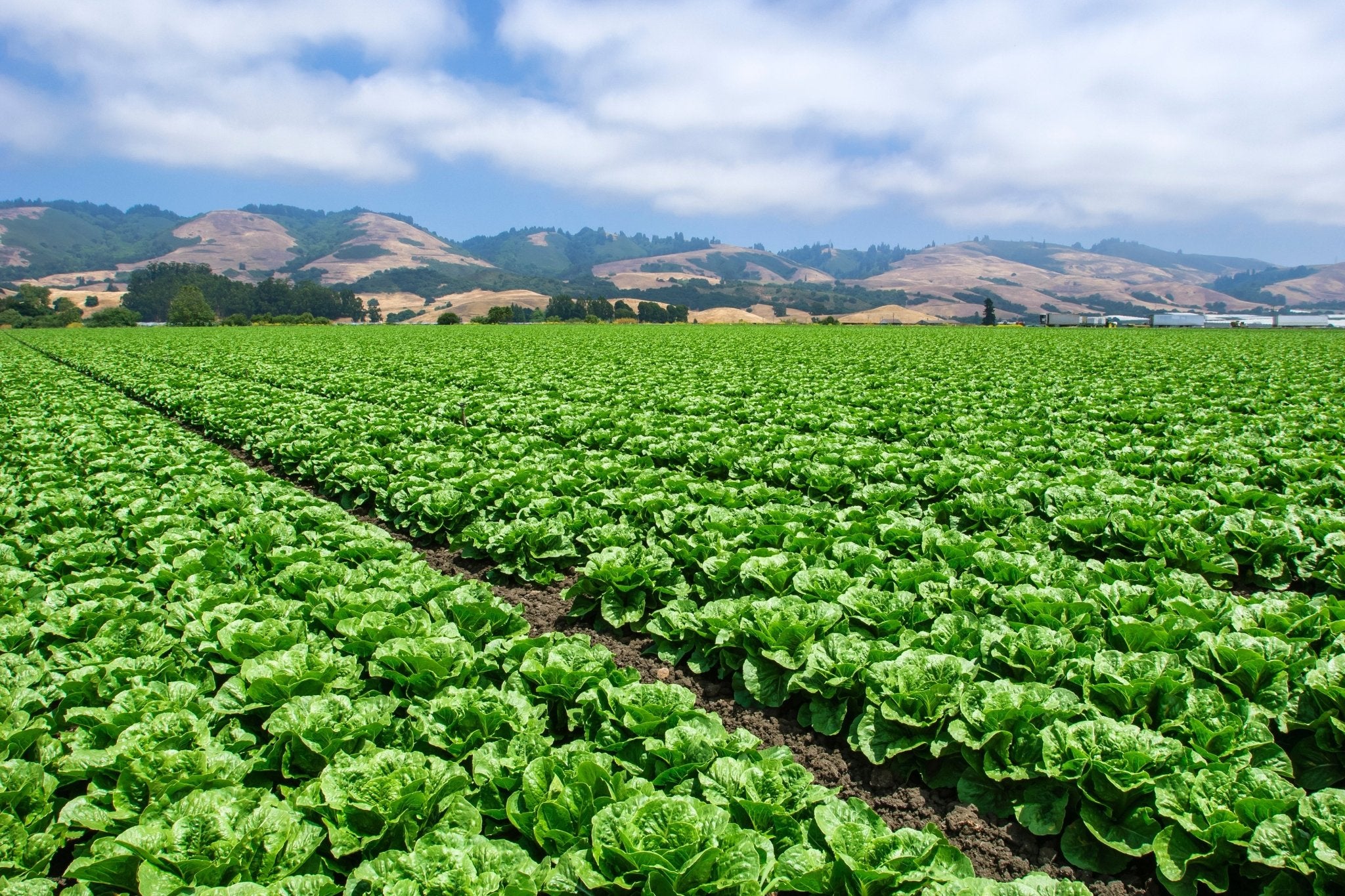
How Organic Farming Protects and Conserves Clean Water
Limited water resources and clean water security are the greatest risks to prosperity currently facing the global community, according to Giulio Boccaletti (Ph.D, The Nature Conservancy’s Global Managing Director of Water), and he is in good company. According to the World Bank, some regions could see their growth rates decline by as much as 6% of GDP by 2050 as a result of water-related losses in agriculture, health, income, and property, unless steps are taken now to protect water supplies.
n
Tags:
Limited water resources and clean water security are the greatest risks to prosperity currently facing the global community, according to Giulio Boccaletti (Ph.D, The Nature Conservancy’s Global Managing Director of Water), and he is in good company. According to the World Bank, some regions could see their growth rates decline by as much as 6% of GDP by 2050 as a result of water-related losses in agriculture, health, income, and property, unless steps are taken now to protect water supplies.
To further the discussion and suggest appropriate actions, The Nature Conservancy released Beyond the Source: the environmental, economic and community benefits of water source protection, a report which explores the importance of source watersheds and what we can do to conserve and repair them.
A “watershed” is all the land that slopes down toward a single stream or river. Healthy watersheds not only collect water, but they also filter it and store some of it for later. An estimated 1.7 billion people living in the world’s largest cities depend on water from watersheds for drinking and domestic use, and this number is growing rapidly. These “source” watersheds are often located hundreds of miles away from the cities that depend on them, but out of sight can no longer be out of mind.
Beyond the Source explores the value of natural areas and well-managed agricultural land to cities and governments looking to secure their watersheds and clean drinking water supplies. The report concludes that working with farmers and ranchers to improve their land management practices is an effective way to secure and increase supplies of clean water for people downstream in the long term. Even better, doing so could provide millions of rural farmers and landowners with new sources of income, help restore and preserve grasslands and forests that can absorb vast quantities of carbon dioxide from the atmosphere, and provide more habitat for pollinators that are critical to our food supply – and all at a cost that will be more than recouped from the money saved on city water treatment.
Threats to Clean Water and Watersheds
Some of the issues facing source watersheds and the cities that depend on them for clean water include:- Increased volume of runoff water and faster discharge of it
- Increased levels of sediment (soil) in runoff water
- Increased levels of nutrients in runoff water
- Increased levels of other contaminants in runoff water
More and Faster Moving Water
40% of watersheds around the world already show moderate to high levels of degradation, which includes the loss of natural vegetation and the addition of impermeable surface (paving and compacted soil). Degraded land tends to shed water rather than absorbing it, increasing the percentage of water that runs off rather than soaking into the soil. Storm water management practices (designed to shed water rather than retain it) also change water flow patterns across the landscape. The combined result is more water running off the land and doing so faster, leading to more flooding and reduced surface water supplies between precipitation events. Increased runoff also has a significant impact on ground water supplies, as the more water that rushes off into streams and rivers, the less water that soaks into the ground to recharge aquifers.More Sediment
More disturbed soil, and more water moving faster, means more soil is lost to erosion and floats off downstream as sediment. Some of that sediment will settle out in the streams, rivers, lakes, and eventually the ocean, with seriously bad effects on the ecosystems and navigability, and losing topsoil is a really bad idea in the first place. And, from a city’s point of view, what remains suspended will have to be removed (at a cost) to prepare the water for drinking.More Nutrients
More water moving faster picks up more excess nutrients (fertilizer, manure) from farms, ranches, parks, and lawns. High levels of nutrients can cause algal blooms in streams, rivers, lakes, and the ocean, creating dead zones where no other life can survive. From a city’s point of view, what remains suspended will have to be removed (at a high cost) to prepare the water for drinking.More Contaminants
More water moving faster picks up more of pretty much everything it encounters, including poisonous man-made pesticides and herbicides, oils and petroleum dripped onto roads and parking lots, paint chips, plastic particles, and all the wide range of pollutants that settle out of the air onto everything. Yuck. Not good for anything that lives in or swims in the water downstream. From a city’s point of view, yet more stuff to remove (at a high cost) to prepare it for drinking.What to Do?
Now is the time to protect our crucial clean water supplies, not allowing them to be abused. Investing in watershed health is a powerful way to secure the future of clean water for everyone. Agricultural practices that increase water absorption, reduce runoff, and reduce the release of nutrients and toxins into water are an important part of the toolbox for supporting watershed health. We also need to stop looking at storm water as waste and something to be shunted away as fast as possible! Whether it be a single backyard, a new industrial park, or an entire city, we need to advocate for storm water management systems that aim to retain and encourage water to soak in rather than run off when possible, and to reduce the chances of contaminants getting into storm water.Organic Farming Supports Healthy Watersheds
Many of the core practices of organic farming (and gardening) - including building soil organic matter, planting cover crops, spreading organic mulches, and maintaining areas of perennial plants and trees - help the soil absorb and retain water, reduce runoff, and help recharge underground aquifers (the Rodale Institute reports that organic fields hold more water during droughts, and that 15-20% more water seeps down to the aquifer under organic fields than does under conventional fields). Use of slow-release fertilizers (which don’t wash away), and avoidance of man-made toxins, further recommend organic farming as a powerful part of creating healthy, resilient watersheds.What Can You Do to Help?
- Buy organic foods, beverages, and fibers to support existing organic farmers (and provide a solid market for new organic farmers to tap into).
- Follow organic gardening methods in your own yard and garden.
- Replace some or all of your lawn with attractive, low-maintenance garden beds that will reduce your chemical and fertilizer use.
- Use organic pest control measures and non-toxic cleaning products indoors and out.
- Keep potential contaminants such as engine oil in their proper places, and dispose of them properly.
- Replace solid paved surfaces with permeable ones, such as stabilized soil, gravel, or perforated pavers.
- Collect rainwater in barrels or cisterns for later use.
- Install rain gardens and swales to slow runoff and allow as much precious storm water as possible to soak into your yard, rather than run off into the nearest ditch.
Would you like to be the first to hear about our new products and more? Sign up for our Nature’s Path Newsletter.








